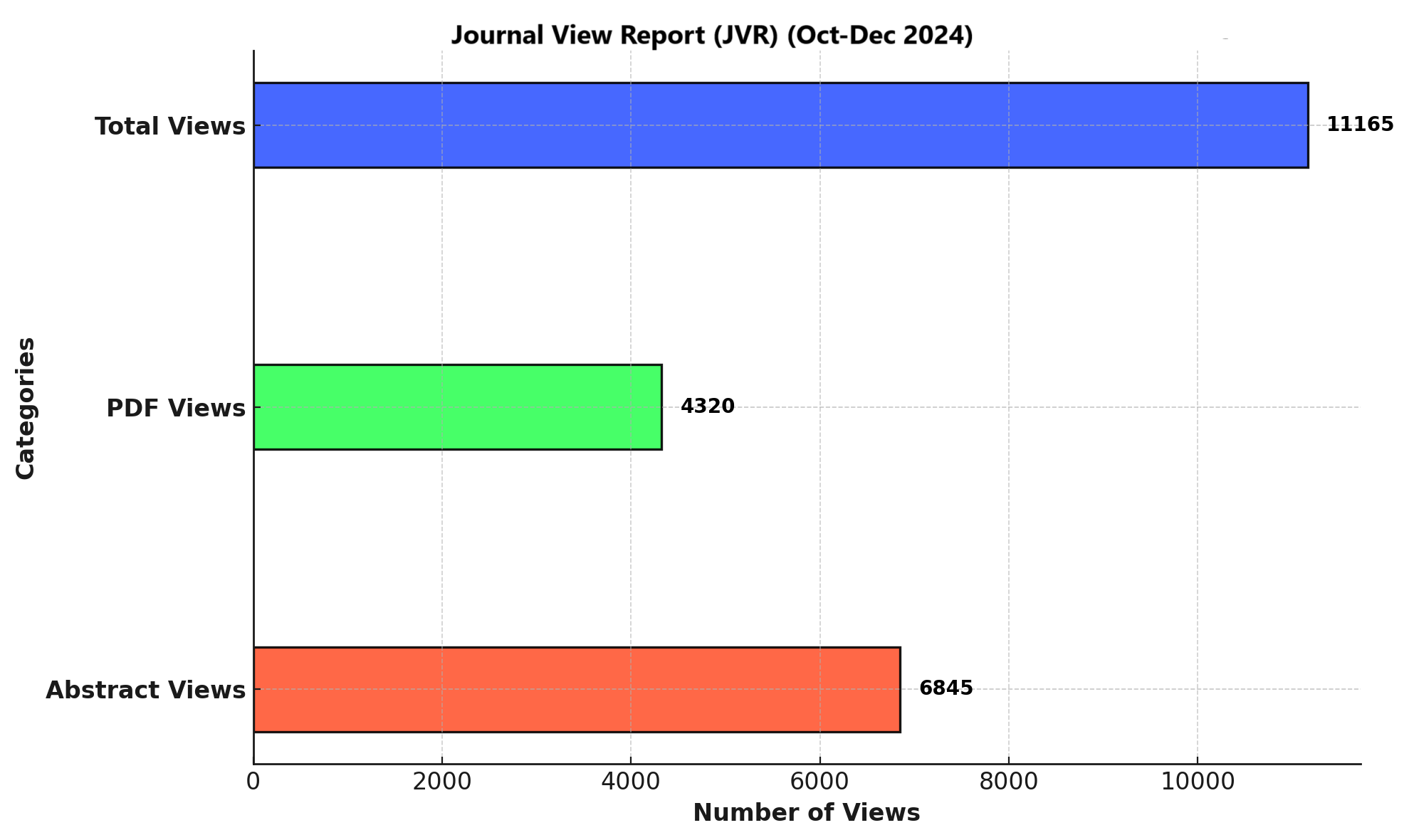FACTORS AFFECTING BREAST-FEEDING PRACTICES IN CHILDREN UNDER TWO YEARS OF AGE.
DOI:
https://doi.org/10.71000/ijhr79Keywords:
Breastfeeding, Exclusive breastfeeding, Infant nutrition, Maternal health, Obesity, Premature birth, Social supportAbstract
Background: Exclusive breastfeeding for the first six months is crucial for optimal infant health and development. However, various maternal, neonatal, and environmental factors can influence breastfeeding practices, leading to suboptimal outcomes.
Objective: To identify and assess the impact of maternal, pregnancy, birth, and infant factors on exclusive breastfeeding among children under two years of age.
Methods: A case-control study was conducted at the Department of Paediatrics, Combined Military Hospital, Kharian, from July 2022 to March 2023. The study included 150 mothers and their children aged over two years. Exclusion criteria encompassed mothers with a history of breast trauma, surgery, irradiation, contraindications to breastfeeding, and neonates with anatomical facial defects. Data were collected on maternal demographics, pregnancy and birth details, infant characteristics, and breastfeeding practices. Statistical analyses, including calculation of adjusted odds ratios (OR) with 95% confidence intervals (CI), were performed to determine associations between various factors and exclusive breastfeeding.
Results: The study identified several factors associated with increased odds of not providing exclusive breastfeeding. Premature birth was significantly associated with higher odds (OR: 12.5; 95% CI: 3.3–45.1; p<0.001). Maternal obesity also contributed to increased odds (OR: 3.6; 95% CI: 1.0–12.5; p=0.046). Additionally, maternal depression was linked to higher odds (OR: 18.5; 95% CI: 2.6–134.2; p=0.004). A maternal perception of inadequate milk supply was associated with increased odds (OR: 9.1; 95% CI: 2.4–35.2; p=0.001). Lastly, a non-supportive breastfeeding environment was significantly associated with higher odds (OR: 13.5; 95% CI: 4.2–43.0; p<0.001).
Conclusion: Premature birth, maternal obesity, depression, perceived insufficient milk supply, and lack of a supportive environment are significant barriers to exclusive breastfeeding. Addressing these factors through targeted interventions is essential to improve breastfeeding practices and, consequently, infant health outcomes.
Downloads
Published
Issue
Section
License
Copyright (c) 2024 Adeel Mehmood, Masud Murad Khan, Saeed Zaman, Fawad Ahmed Khan, Iqra Irfan, Anum Pervaiz, Muhammad Farrukh Habib (Author)

This work is licensed under a Creative Commons Attribution-NonCommercial-NoDerivatives 4.0 International License.







